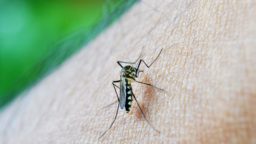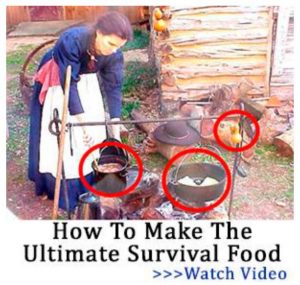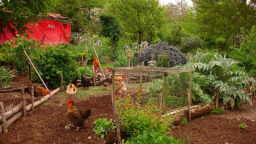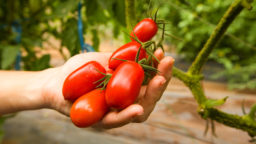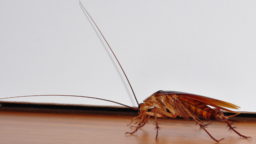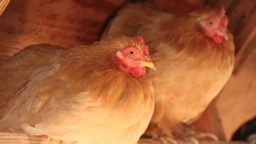Insect bites or stings can be a very unpleasant experience. It is crazy how much pain and discomfort a tiny creature like a wasp or hornet can cause! Even minuscule mosquitoes can completely ruin a good night’s sleep with just a few bites that will drive you crazy with itchiness.
Fortunately, good old mother nature has several very effective remedies for reducing the pain, swelling and itching of standard insect bites. These will help you with most insect bites, however, make sure to keep an eye out for signs of allergy in the case of wasps or bees, it’s always good to keep Benadryl on hand too just in case.
1. Vinegar
Vinegar is a wonderful neutralizer for insect stings. If you make a simple compress soaked in vinegar and apply moderate pressure to the sting, it will relieve any pain and greatly reduce itching. Make sure to leave it on there for a good while, re-wetting with vinegar if needed.
2. Baking Soda
Baking soda has long been used to draw out the irritant in insect bites. Just apply it directly to the sting, cover with a rag or towel to keep it all concentrated on the problem area, and leave on for about twenty minutes, or as you’re able to.
3. Activated Charcoal
Activated charcoal works much like baking soda, to draw out the irritant and neutralize the sting site. It can be a bit easier to apply, too, you can just mix a little up with some coconut oil and smear on the wound site. Just be careful to avoid contact with your clothes-activated charcoal will get over everything!
4. Aloe
Aloe is wonderful for soothing itching. You can use a fresh aloe leaf or store-bought aloe gel (the less ingredients, the better, food-grade pure aloe vera gel is very reasonably priced and can be found at many health food stores or online). Aloe is a great follow-up treatment to the above remedies, it will help with the second and third day itching and discomfort from an insect sting and has a lovely, cooling sensation.
Do you have any tried-and-true remedies for insect stings?
If you like this, you might also like:
